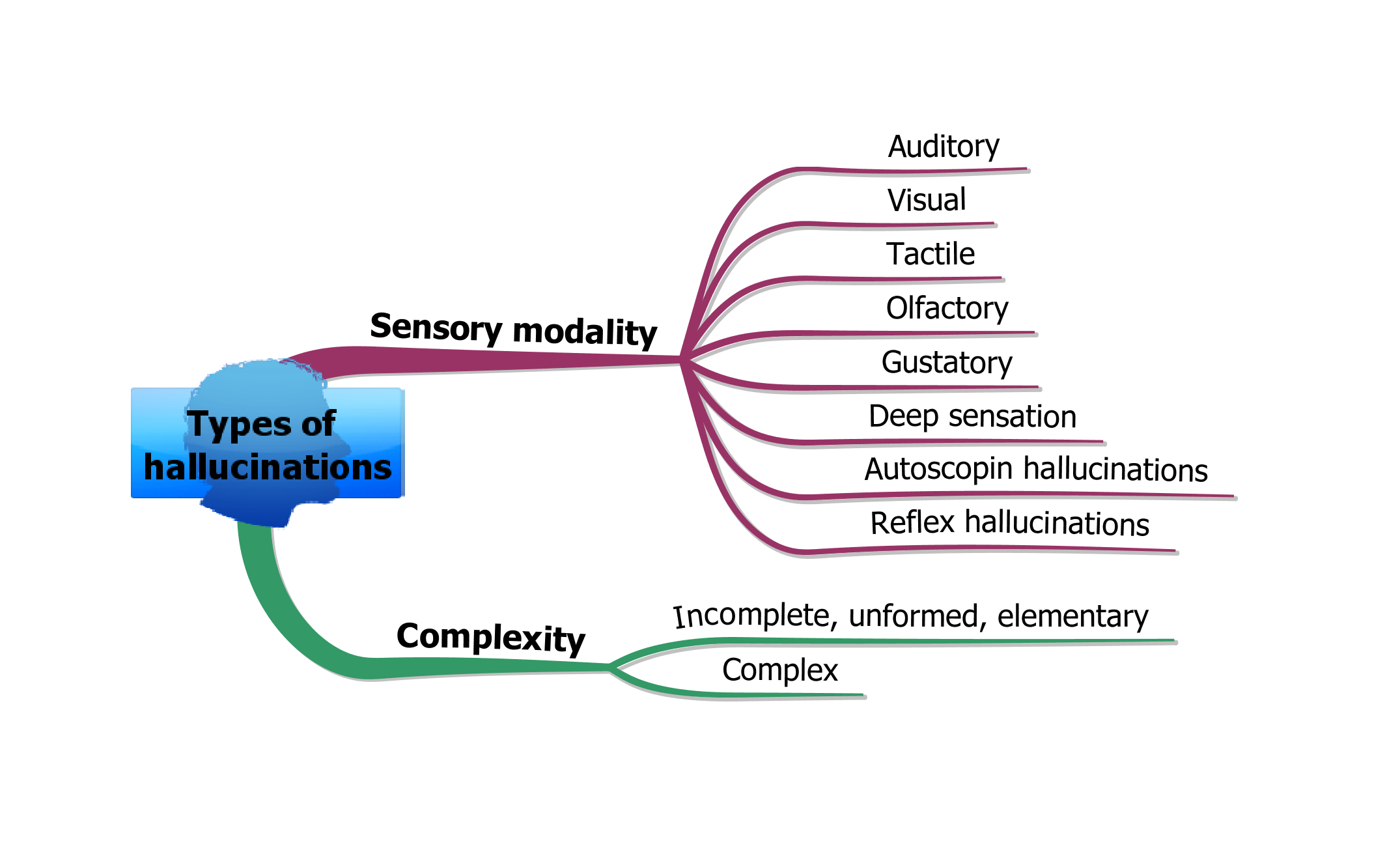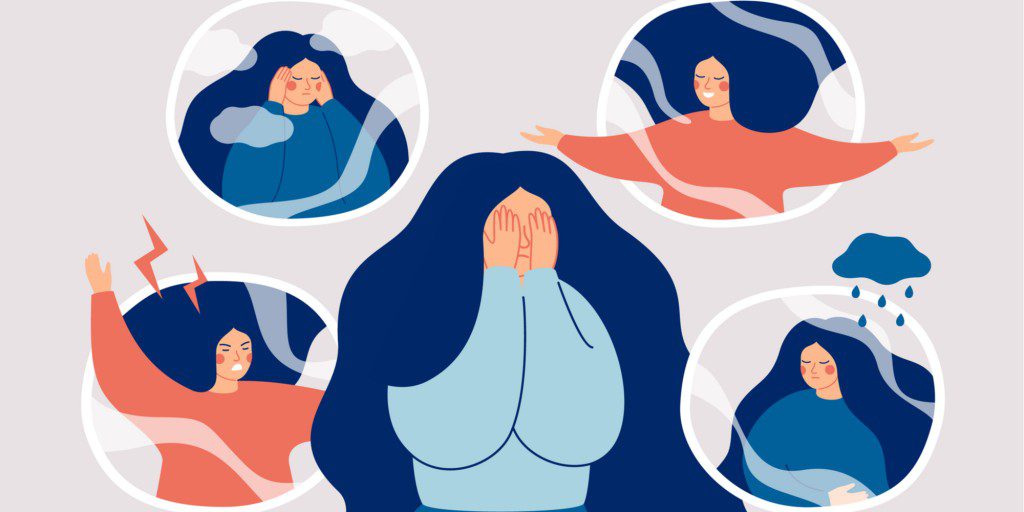

Erotomanic type (erotomania): delusion that another person, often a prominent figure, is in love with the individual.
DELUSIONAL VS HALLUCINATION MANUAL
ĭiagnosis of a specific type of delusional disorder can sometimes be made based on the content of the delusions, to wit, the Diagnostic and Statistical Manual of Mental Disorders (DSM) enumerates seven types:

The International Classification of Diseases classifies delusional disorder as a mental and behavioural disorder. Īn earlier, now obsolete, nosological name for delusional disorder was "paranoia". The DSM-IV and psychologists agree that personal beliefs should be evaluated with great respect to cultural and religious differences, as some cultures have normalized beliefs that may be considered delusional in other cultures. ĭelusions also occur as symptoms of many other mental disorders, especially the other psychotic disorders. The Diagnostic and Statistical Manual of Mental Disorders (DSM) defines six subtypes of the disorder: erotomanic (belief that someone is in love with one), grandiose (belief that one is the greatest, strongest, fastest, richest, or most intelligent person ever), jealous (belief that one is being cheated on), persecutory (delusions that one or someone one is close to is being malevolently treated in some way), somatic (belief that one has a disease or medical condition), and mixed, i.e., having features of more than one subtype. Īccording to German psychiatrist Emil Kraepelin, patients with delusional disorder remain coherent, sensible and reasonable. Recent and comprehensive meta-analyses of scientific studies point to an association with a deterioration in aspects of IQ in psychotic patients, in particular perceptual reasoning, although, the between-group differences were small. A person with delusional disorder may be high functioning in daily life. The delusions cannot be due to the effects of a drug, medication, or general medical condition, and delusional disorder cannot be diagnosed in an individual previously properly diagnosed with schizophrenia. įor the diagnosis to be made, auditory and visual hallucinations cannot be prominent, though olfactory or tactile hallucinations related to the content of the delusion may be present. However, the preoccupation with delusional ideas can be disruptive to their overall lives. Apart from their delusion or delusions, people with delusional disorder may continue to socialize and function in a normal manner and their behavior does not necessarily generally seem odd. Delusions can be bizarre or non-bizarre in content non-bizarre delusions are fixed false beliefs that involve situations that could occur in real life, such as being harmed or poisoned. Delusions are a specific symptom of psychosis. Paranoid personality disorder, schizophrenia, bipolar disorder, substance-induced psychosis ĭelusional disorder is a mental illness in which a person has delusions, but with no accompanying prominent hallucinations, thought disorder, mood disorder, or significant flattening of affect. Strong false belief(s) despite superior evidence to the contraryġ8–90 years old (mean of about age 40) Įrotomanic type, grandiose type, jealous type, persecutory type, somatic type, mixed type, unspecified typeįamily history, chronic stress, low SES, substance abuse Grandiose delusions are common in delusional disorder. Painting by Théodore Géricault portraying an old man with a grandiose delusion of power and military command.


 0 kommentar(er)
0 kommentar(er)
